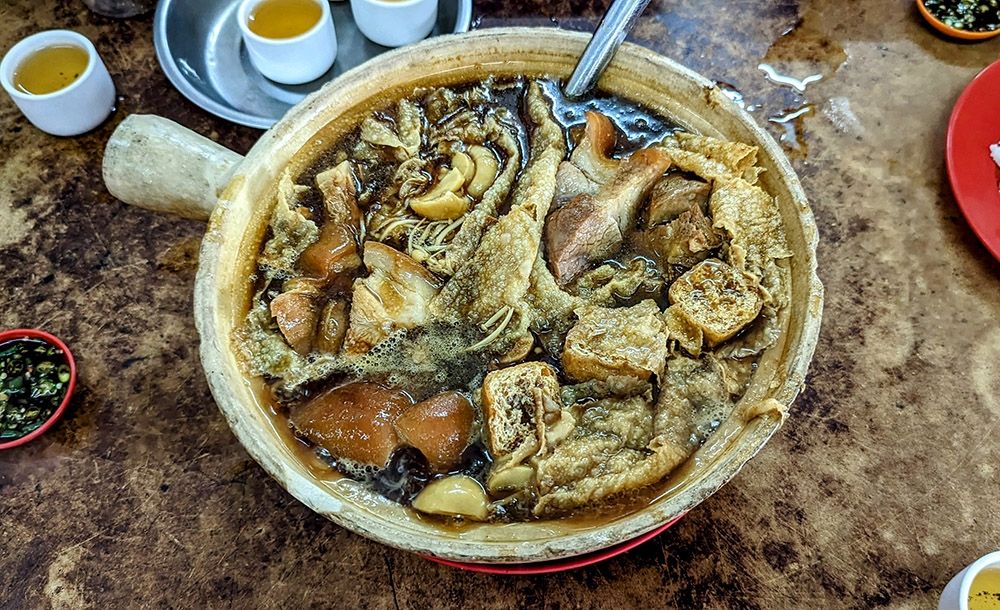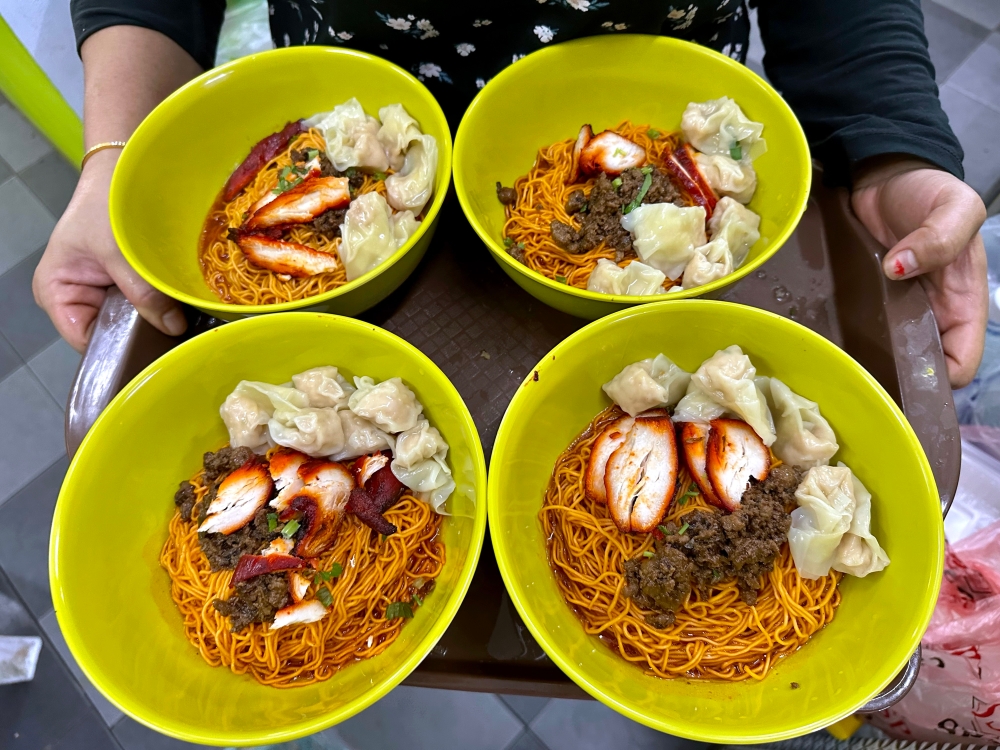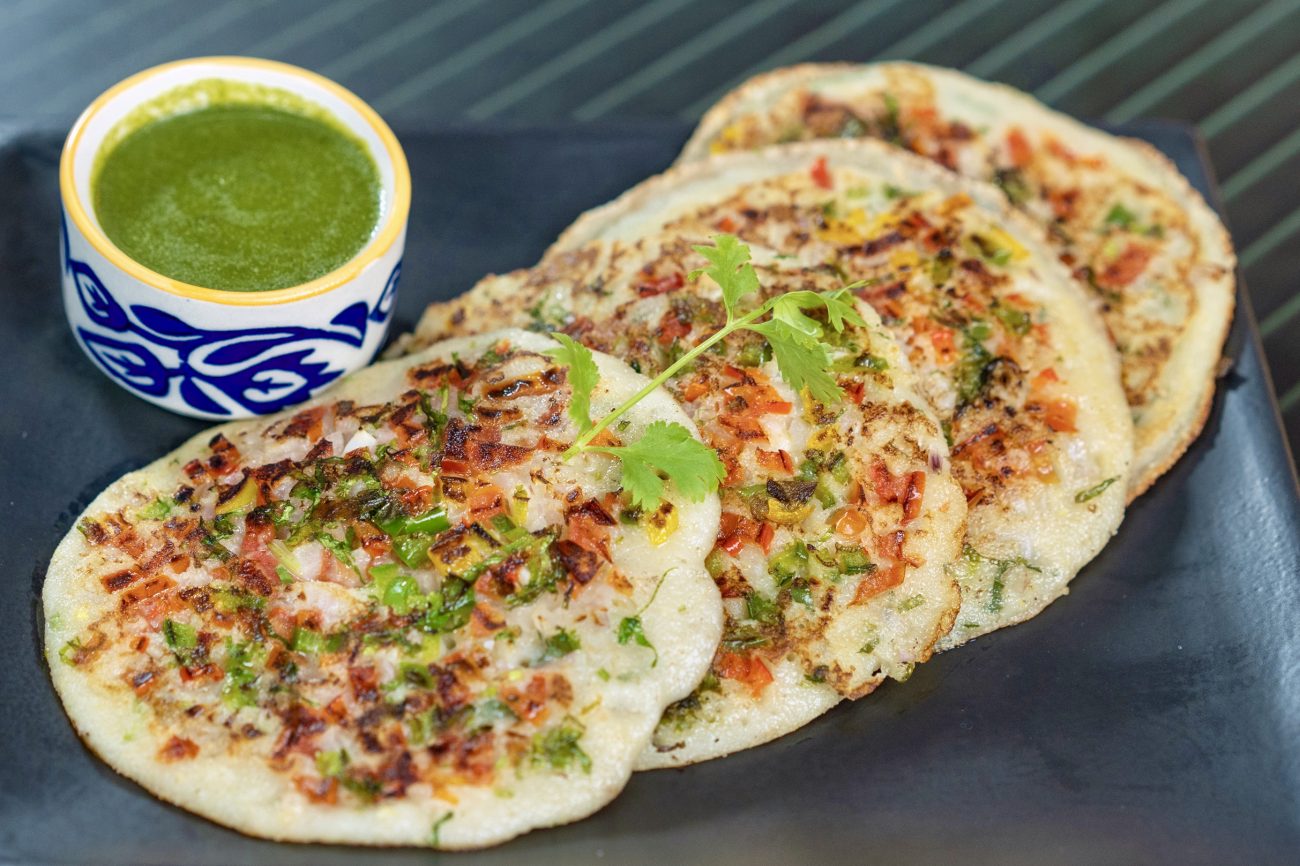It's Not Just Bak Kut Teh: Malaysia Has Also Gazetted These 9 Other Dishes As Heritage
Instead of stirring debate, let's stir some veggies and make uttapam.
Recently, the National Heritage Department (JWN) declared bak kut teh, uthappam, and nasi ambeng as part of Malaysia's heritage
The department has officially gazetted 10 food items as national heritage objects, signifying their cultural significance.
The list, published on 23 February in the Government Gazette by JWN Commissioner Mohamad Muda Bahadin, declares the food items as heritage objects under the authority vested by subsection 49(1) of the National Heritage Act 2005 (Act 645).
The list is divided into five categories: staple food, traditional cake, appetiser, soup, and drink. However, it's the item listed under the soup category that has people raising questions.
The soup in question is bak kut teh, a herbal-style stewed dish that consists of pork ribs with a blend of spices including garlic, cloves, cinnamon, star anise, fennel seeds, and coriander.
The presence of pork in the dish has stirred debate among some people, who questioned whether it deserves recognition as a national heritage dish. They argued that such recognition should be inclusive, allowing everyone to enjoy it regardless of their racial or religious background.
Meanwhile, others contend that national heritage food should be uniquely Malaysian, regardless of its halal status, to prevent other countries from claiming ownership of these dishes.
For example, while its origins are said to be traced back to the Hokkien community in Port Klang, our neighbours in Singapore claim bak kut teh as their own, just like they did with Hainanese chicken rice.
In this debate, however, other dishes that are now officially recognised as Malaysia's heritage objects have been overlooked
They are burasak, mi kolok, and nasi ambeng in the staple food category; dodol kukus tahi minyak, kuih genggang/kuih lapis, kuih karas, and uttapam in the tradtional category; jeruk tuhau in the appetiser category; and air katira in drink category.
Burasak is a traditional Malay dessert from Johor. It's made of glutinous rice and cooked in coconut milk and palm sugar, wrapped in banana leaves and steamed until tender.
Mi kolok is a popular noodle dish from Sarawak, typically served with beef or shredded chicken. The dish is topped with shallots and fragrant fried onion, accompanied by a flavourful beef or chicken stock soup.
Nasi ambeng is a fragrant rice dish that consists of steamed white rice, chicken curry or chicken stewed in soy sauce, beef or chicken rendang, and sambal goreng.
Dodol kukus tahi minyak is a chewy caramel-like Malay sweet treat from Pahang.
Kuih genggang/kuih lapis is a sweet Peranakan delicacy consisting of colourful layers of rice flour.
Kuih Karas is a crispy fried snack originating from Kedah and Borneo, made of caramelised sugar and flour.
Uttapam is a thick savoury South Indian pancake made from fermented rice flour to which onions, tomatoes, chilli peppers, and other vegetables are added during cooking. It originated in India.
Jeruk tuhau is pickled wild ginger, mostly consumed by the people of Sabah.
Last but not least, air katira is a refreshing milk-based drink made from katira gum originating from South India, and is mostly consumed during the month of Ramadan.


